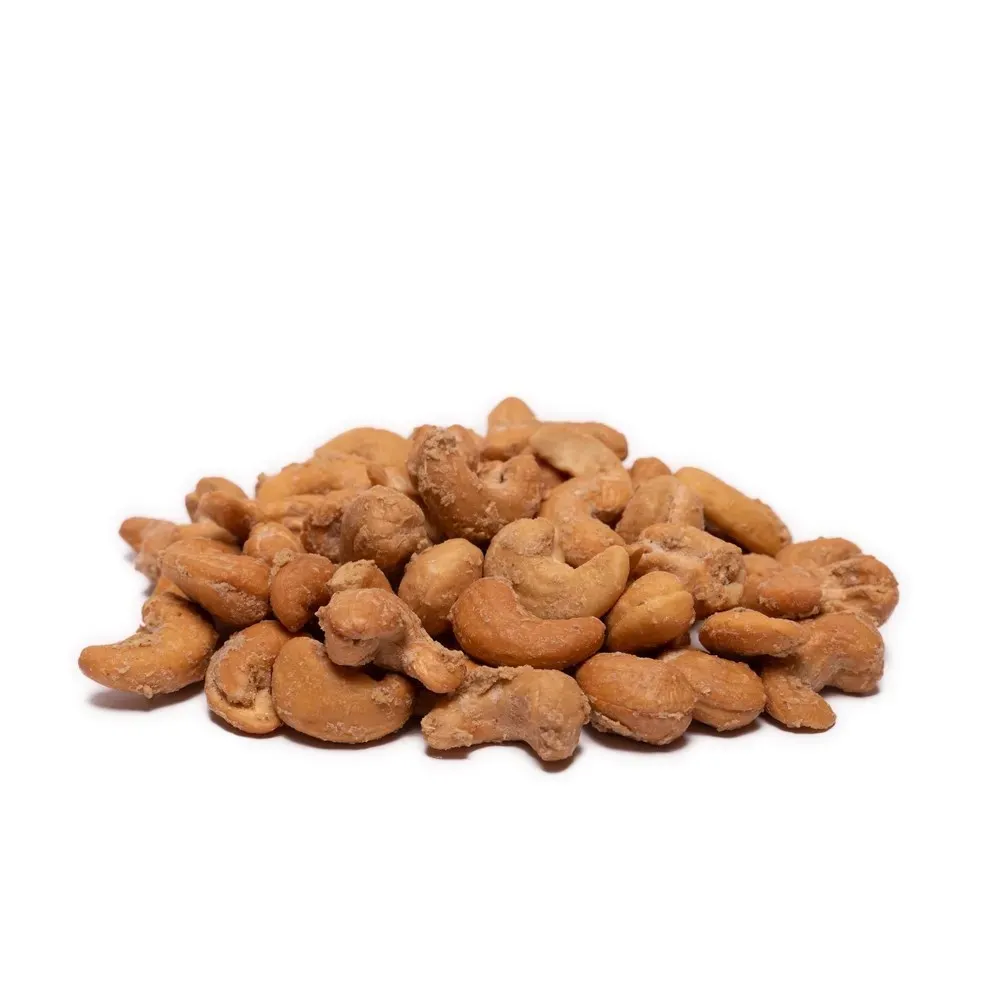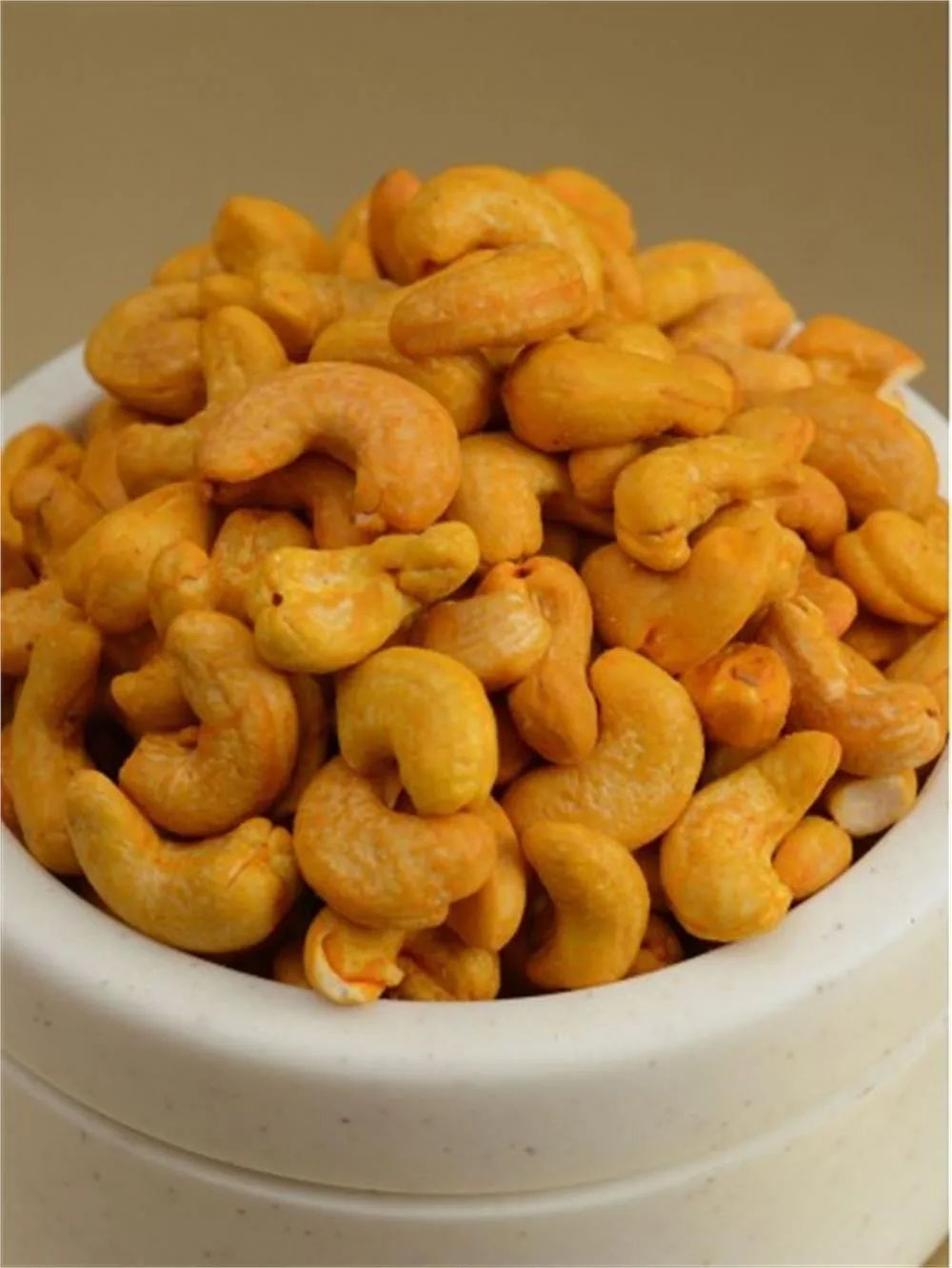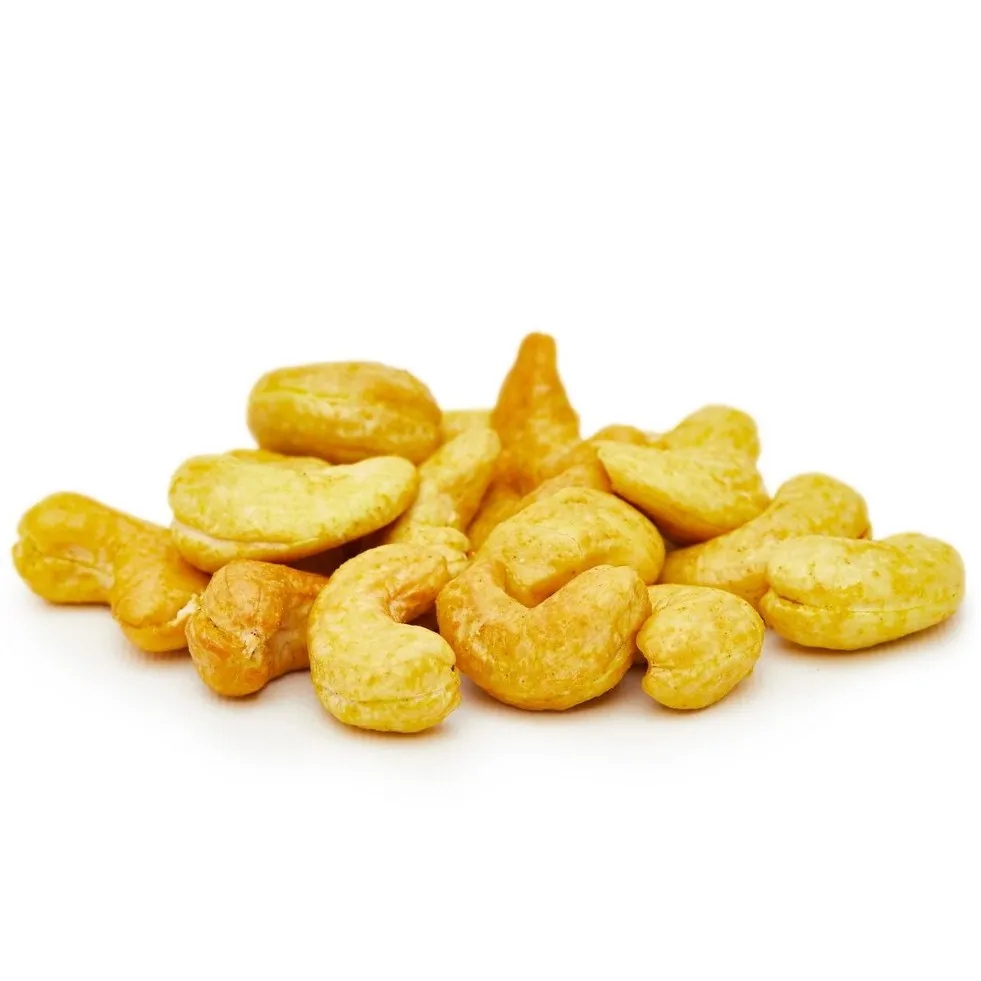Cashew nuts have become increasingly popular around the world, both as a snack and as an ingredient in various cuisines. As a result, the global demand for cashews has been steadily rising, leading to fluctuations in their prices. In this article, we will delve into the factors influencing cashew prices and provide a forecast for cashew prices per ton in 2023.
Factors Affecting Cashew Prices:
1. Supply and Demand Dynamics: Cashew prices are primarily influenced by the balance between global supply and demand. A shortage in supply or an increase in demand can lead to higher prices, while an oversupply or a decrease in demand can result in lower prices. Factors such as production volumes, weather conditions, and changes in consumer preferences all play a role in supply and demand dynamics.
2. International Trade Policies: International trade policies, including tariffs, import/export regulations, and trade agreements, can have a significant impact on cashew prices. Changes in these policies can affect the cost of exporting and importing cashews, leading to price fluctuations in different markets. For example, an increase in import tariffs may raise prices for cashew buyers, while a reduction in trade barriers may result in more competitive prices.
3. Currency Exchange Rates: Cashew prices are also influenced by currency exchange rates. As cashews are traded globally, fluctuations in exchange rates can impact the prices in different countries. Appreciation or depreciation of the currency can affect the cost of imports and exports, thus causing prices to fluctuate accordingly.
4. Production Costs: The cost of producing cashews, including labor, raw material prices, transportation, and energy costs, affects the overall price of cashews. Changes in production costs, such as increases in wages or energy prices, can lead to price adjustments to compensate for the higher costs involved in cashew production.
5. Climate Change and Environmental Factors: Cashew trees require specific climatic conditions to flourish. Changes in weather patterns, natural disasters, pests, and diseases can all impact cashew production. For instance, prolonged droughts, floods, or pest infestations can reduce yields and result in higher prices due to limited supply.
6. Market Competition: The intensity of competition among cashew producers, processors, and exporters also plays a role in determining cashew prices. Countries with large cashew production capacities, such as Vietnam, India, and Brazil, often compete to drive prices down. On the other hand, smaller cashew-producing countries may have a limited supply and can demand higher prices for their premium products.
Forecast for Cashew Prices per Ton in 2023:
Based on the aforementioned factors, along with insights from industry experts and market trends, the following forecast for cashew prices per ton in 2023 can be outlined:

1. Overall Increasing Trend: The global demand for cashews is expected to continue growing in 2023. As more consumers across the globe incorporate cashews into their diets, the demand for cashew nuts, both as a snack and for use in processed food products, is likely to rise. This increasing demand, coupled with factors such as inflation and rising production costs, suggests a general upward trend in cashew prices.
2. Regional Variations: Cashew prices can vary across regions due to factors such as local production volumes, transportation costs, and trade policies. For example, regions with higher production capacities, such as Asia and Africa, may experience more competitive prices compared to regions heavily reliant on imports. Additionally, changes in trade policies or geopolitical developments can impact prices differently in different regions.
3. Influence of Climate Change: Climate change continues to pose a significant threat to cashew production. Unpredictable weather patterns, increased risk of pests and diseases, and water scarcity can all impact cashew yields. Consequently, regions heavily affected by climate change may face challenges in meeting global demand, resulting in higher prices.
4. Currency Exchange Rate Fluctuations: Exchange rate fluctuations can significantly impact cashew prices in different countries. Importing countries with weaker currencies may experience higher price fluctuations as they would be paying more for cashew imports in their local currency. Exporting countries with stronger currencies may have a price advantage when selling cashews internationally.
5. Trade Policies and Agreements: Developments in international trade policies and agreements, such as changes in tariffs or the establishment of free trade zones, can have a direct impact on cashew prices in various markets. Changes that facilitate easier trade or reduce barriers may lead to more competitive prices, while increased barriers may result in higher prices for cashew importers.
Conclusion:
While accurately predicting cashew prices per ton in 2023 is challenging due to the dynamic nature of the global market, analyzing factors such as supply and demand dynamics, international trade policies, currency exchange rates, production costs, climate change, and market competition provides insights into the potential trends. It is important for buyers, sellers, and industry participants to stay informed about these factors to make informed decisions and adapt to potential price fluctuations in the cashew market.Cashew Prices per Ton in 2023: Factors Impacting the Global Market
1. Growing Global Demand for Cashews
The global demand for cashews has been steadily increasing over the years. Cashews are not only consumed as a snack but also widely used as ingredients in various processed food products, including confectioneries, baked goods, and dairy alternatives. Additionally, the rising popularity of plant-based diets and the health benefits associated with cashews have contributed to the growing demand. This increasing demand is expected to drive cashew prices upward in 2023.
2. Supply and Demand Dynamics
The balance between global cashew supply and demand is a crucial factor influencing prices. Cashew production is concentrated in major producing countries such as Vietnam, India, Brazil, Nigeria, and Ivory Coast. Fluctuations in production volumes caused by factors like weather conditions, pest infestations, and disease outbreaks can impact global supply. Simultaneously, changes in consumer preferences and dietary trends can influence demand. Any imbalances in supply and demand can result in price fluctuations.

3. Climate Change and Environmental Factors
Cashew trees are sensitive to climatic conditions, and any adverse weather events, such as droughts or floods, can negatively affect yields and output. Moreover, increasing occurrences of pests and diseases, exacerbated by climate change, can further impact cashew production. The vulnerability of cashew cultivation to climate change may result in limited supply and higher prices if certain regions face challenges in meeting global demand.
4. Trade Policies and Tariffs
International trade policies and tariffs can significantly impact cashew prices. Governments impose tariffs and import/export regulations to protect domestic industries or address trade imbalances. Changes in these policies can disrupt the cashew market, affecting both importers and exporters. For instance, an increase in import tariffs may drive up cashew prices for import-dependent countries, while a reduction in trade barriers can result in more competitive pricing.
5. Currency Exchange Rates
Cashew prices are susceptible to currency exchange rate fluctuations as cashews are traded globally. If the importing country’s currency weakens against the exporting country’s currency, the cost of importing cashews increases, potentially leading to higher prices for consumers. Conversely, if the importing country’s currency strengthens, it may have a price advantage when purchasing cashews from exporting countries with weaker currencies.
6. Production Costs
The cost of producing cashews can affect the overall price of the commodity. Production costs encompass factors such as labor, raw material prices, transportation, and energy costs. Fluctuations in prices of these inputs can directly impact the cashew prices to compensate for increased production costs. Rising labor or energy costs, for instance, will likely lead to higher cashew prices per ton to maintain profitability for producers.
7. Market Competition and Producer Dynamics
The cashew market is characterized by intense competition among major producing countries. Vietnam, India, Brazil, and Nigeria are among the top producers and exporters of cashews. These countries often compete to capture market share, resulting in price fluctuations. Large-scale producers can leverage economies of scale to offer competitive prices, influencing the overall global market. Conversely, smaller cashew producers may have limited supply but can demand higher prices for their premium products.
8. Market Segmentation and Quality Differentiation

The cashew market experiences segmentation based on factors such as quality, grade, and processing techniques. Different markets have varying preferences for cashew attributes, which can impact prices. For example, cashews processed through organic or fair trade practices may command higher prices due to increased consumer demand for sustainably produced products. Moreover, premium quality cashews with negligible defects or uniform size attract a price premium compared to lower-quality or broken cashews.
9. Impact of COVID-19 Pandemic
The COVID-19 pandemic has disrupted global trade and supply chains, impacting the cashew market. Travel restrictions, lockdowns, and reduced economic activities have affected both production and demand. While certain regions may have experienced lower cashew output due to labor shortages or logistical challenges, demand for cashews as a healthy snack and ingredient in packaged foods has remained relatively robust. The pandemic’s long-term effects on the cashew market are still evolving, and its impact on prices in 2023 remains uncertain.
10. Sustainable Sourcing and Ethical Supply Chains
Consumers are increasingly demanding sustainably sourced and ethically produced cashews. This trend has driven various initiatives focused on promoting sustainable practices, fair trade, and transparency in the cashew industry. Companies that adopt sustainable sourcing practices, support local farmers, and ensure fair wages and safe working conditions in their supply chains can differentiate their products and potentially command higher prices.
11. Investments in Cashew Processing and Value Addition
Some cashew-producing countries are investing in processing and value addition to capture a larger share of the cashew value chain. By moving beyond exporting raw cashews and focusing on processing, packaging, and branding, these countries aim to create value and offer finished cashew products to global markets. Such initiatives can positively impact cashew prices by enhancing product quality, expanding market reach, and commanding premium prices compared to raw cashews.
12. Consumer Preferences and Product Innovation
Cashew prices can be influenced by changing consumer preferences and product innovation. As consumers seek healthier and more sustainable food options, there is an increasing demand for value-added cashew products. Investment in research and development to develop innovative cashew-based snacks, vegan alternatives, and cashew derivatives can create new market segments and potentially drive cashew prices.
Conclusion:
Cashew prices per ton in 2023 are likely to be influenced by a range of factors, including supply and demand dynamics, climate change impacts, trade policies, currency exchange rates, production costs, market competition, market segmentation, and the COVID-19 pandemic. While it is challenging to predict precise price levels, understanding these factors will equip market participants with insights to make informed decisions. Continual monitoring of market conditions, trends, and developments in the cashew industry is essential to navigate price fluctuations and seize opportunities in this dynamic global market.










